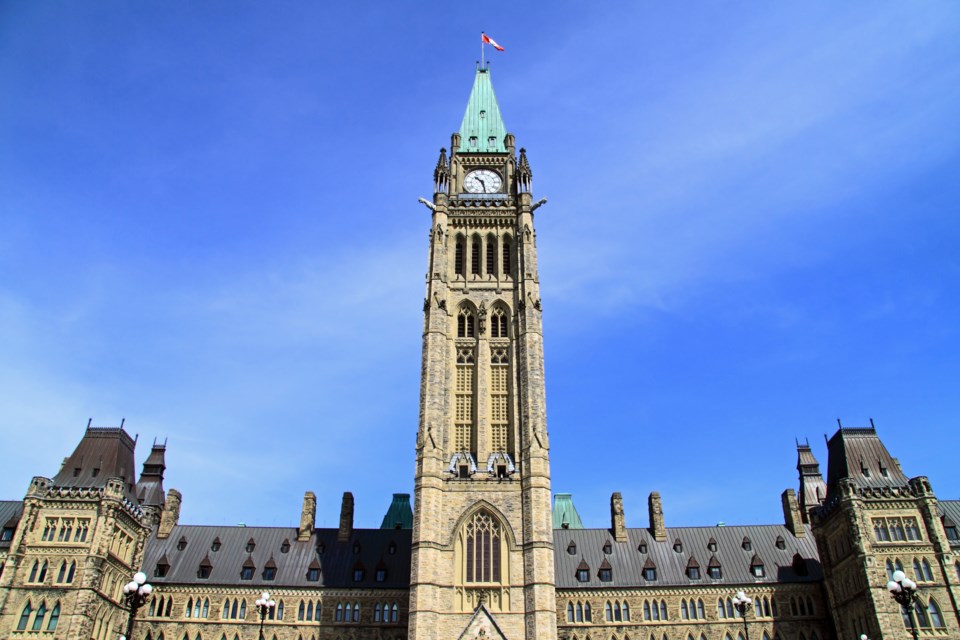The Indigenous tourism industry has been “destabilized” by the lack of targeted dollars in the 2023 federal budget that was tabled last week, says Keith Henry, CEO of the Indigenous Tourism Association of Canada (ITAC).
“In previous federal budgets there were dedicated resources to help ITAC co-ordinate a national Indigenous-led tourism strategy. Our big concern is that this budget really destabilizes our development and marketing programs,” said Henry.
ITAC, a national non-profit Indigenous tourism industry organization, was established in 2015 and tasked with growing and promoting the Indigenous tourism industry across the country.
Last week’s budget includes no specified funding for Indigenous tourism, said Henry
Instead, it offers $14 million for arts and heritage “including Indigenous cultural celebrations,” which doesn’t kick in until the 2024-25 fiscal year; $108 million over three years to the regional development agencies to support communities, small businesses, and non-profit organizations in developing local projects and events; and $50 million over three years to Destination Canada, to attract major international conventions, conferences and events.
Henry says cultural celebrations are only a small piece of the Indigenous tourism industry. And while funding earmarked for Destination Canada may result in spin-off benefits for Indigenous-operated and owned hotels and conference centres, it’s not direct funding to that Indigenous sector.
As for the $108 million over three years to regional development agencies, past policy practice has seen Indigenous tourism get 10 per cent of that, but that’s not specified in the budget document.
The budget also calls for the development of a new Federal Tourism Growth Strategy to “chart a course for growth, investment, and stability in Canada’s tourism sector.” That strategy is supposed to be developed in consultation with Indigenous tourism operators, along with the tourism industry and provincial and territorial counterparts. However, points out Henry, the strategy will not be specific to Indigenous tourism operators.
The lack of commitment from the federal government is a double blow, says Henry.
In 2022, Indigenous tourism was strong, gaining back its losses from the extraordinary hit it suffered under COVID-19 and pandemic shutdown measures.
“We were rebuilding very fast because of consumer demand.”
He said Canadians have become much more strongly attuned to the legacy of residential schools, especially since the unmarked graves have started to be located on those institutions’ sites.
Canadians are “looking to explore and learn cultural education through Indigenous tourism, so we were seeing a very, very strong rebound,” said Henry.
Last year Indigenous tourism stabilized at the pre-COVID number of 1,900 operating businesses and with the best domestic year ever with approximately $1.1 billion to $1.2 billion in revenues.
Federal budget allocations from 2021 and 2022, including money from the tourism relief fund and $2.2 million from Destination Canada, helped form the bulk of the $12 million ITAC administered in 2022 “to stabilize our sector and continue building it,” said Henry.
On top of that past support was promising pre-budget discussions with Tourism Minister Randy Boissonnault, who agreed that Indigenous tourism was important, noted Henry. Discussions centred around the work ITAC had done to develop an Indigenous tourism brand and implement an accreditation program and the need to continue that work.
“At a time when we’re really seeing such strong rebuilding and such strong growth because of the infrastructure we’ve set up, to see it completely, sort of systematically now disappear from those (budget) investments, was really a shock,” said Henry.
Since the budget came down, Henry says discussions have been ongoing with Boissonnault, who also serves as associate minister of Finance, and staff “trying to find a pathway forward. But my question is, how did we ever get here?”
Henry said Boissonnault was “very surprised” by ITAC’s reaction to the budget “because he thinks there’s been some important investments.”
But Henry is quick to add that when resources allegedly become scarce in the tourism industry, it’s the support for Indigenous tourism that gets pushed aside. And that abandonment comes despite the fact that Indigenous tourism-related businesses, many of which operate off-reserve, accounted for $70 million to $80 million in federal income tax.
“I don’t understand why the entire government doesn’t see Indigenous tourism as such an important contribution, not only to the economy but also reconciliation in general,” said Henry.
The lack of federal funding will have an immediate impact on existing infrastructure needs, he says, including employment.
For this new fiscal year, ITAC will have an approximate budget of $17 million, with about $12 million of that coming from current federally committed dollars.
The present budget is close to $10 million short of what an economic analysis said ITAC needed to continue its work in 2023-24.
Henry also says that in the past, federal dollars have been used to leverage funding from provinces, territories and industry. That lack of federal support will have a trickle-down effect for support on the ground.
“We’re going to keep advancing and advocating and…all the things we’ve been doing are going to carry on,” said Henry. “We hope and remain confident we’ll work with the minister to figure this out, but it was really disappointing. We need to see a better pathway forward.”
“Indigenous Tourism is crucial for the recovery of Canada’s visitor economy,” said Boissonnault in an email response April 4 to Windspeaker.com. “As we move towards reconciliation with Indigenous peoples, we see tourism as reconciliation in action, providing unique experiences and stimulating job creation and economic growth for Indigenous communities.”
Boissonnault confirmed a portion of the funding to the regional development agencies will go to Indigenous-owned and Indigenous-led projects “in line with the priorities that will be outlined in the renewed Federal Tourism Growth Strategy.” However, he did not specify what percentage of the budgeted $108 million would be Indigenous-dedicated.
He said his department was working closely with ITAC to “leverage their specialized expertise and knowledge of the Indigenous tourism industry (and) their national reach.”
Shari Narine is a Local Journalism Initiative (LJI) reporter with Windspeaker.com. The LJI program is funded by the Government of Canada.
